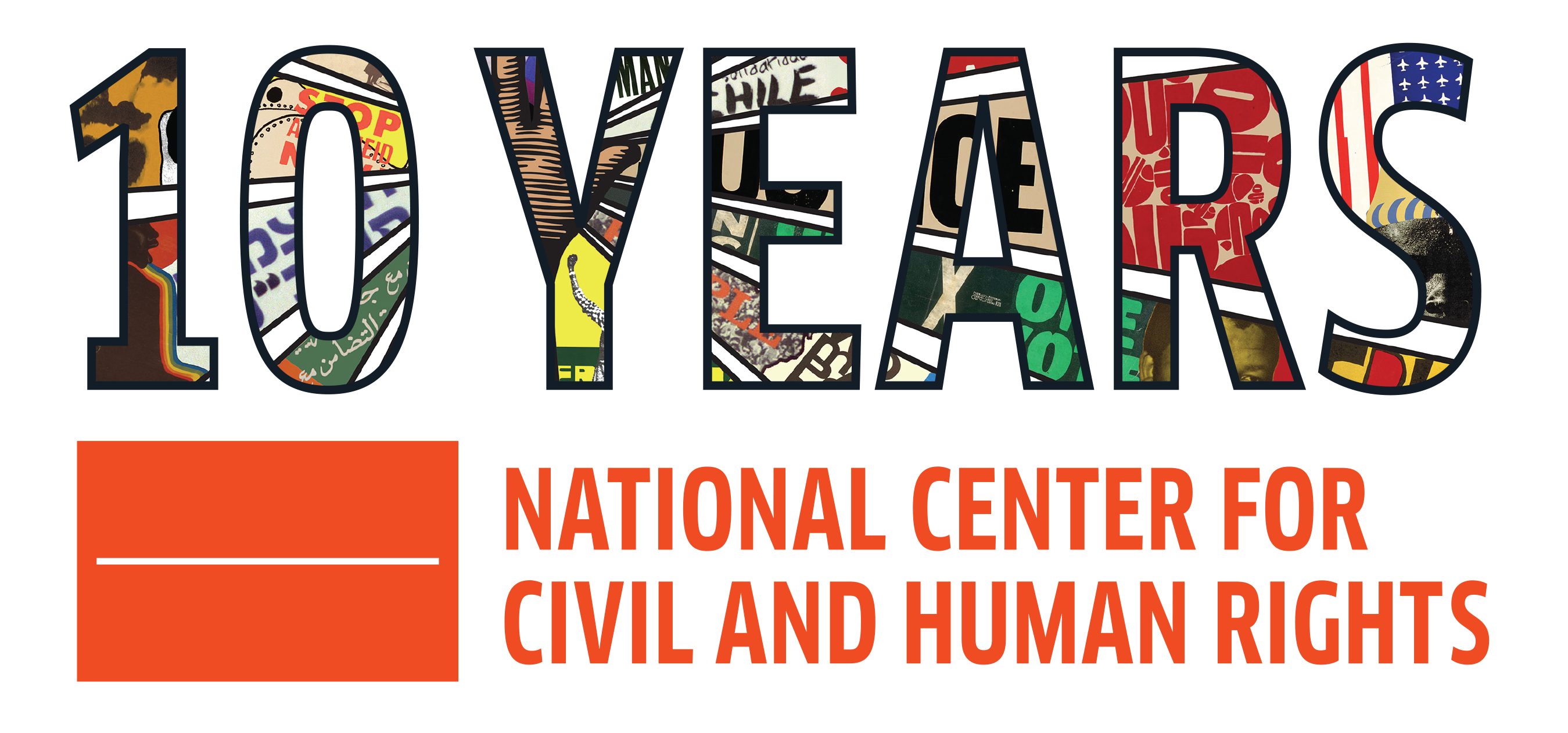Unearthing the Past: Identifying Victims of the 1906 Atlanta Race Massacre
In a significant step towards shedding light on a dark chapter of American history, the National Center for Civil and Human Rights’ Truth and Transformation Initiative, in collaboration with the Georgia Civil Rights Cold Cases Project (GCRCCP) and the Afro-American Genealogical Historical Society (AAGHS), has made a breakthrough in confirming the identities of two individuals tragically killed during the 1906 Atlanta Race Massacre. Marshall Carter, aged 13, and Stinson Ferguson, aged 25, were among the countless victims of this horrific event.
Researchers engaged in the Truth and Transformation Initiative uncovered original Fulton County Board of Health death certificates (called “return of a death” the term of the time) that definitively establish the fates of these two individuals. The county’s records of their deaths have the word “riot” written on them; the word commonly used until recently to describe the massacre. Their deaths occurred on the harrowing first night of the massacre, September 22, 1906. This discovery marks a crucial step in the ongoing effort to recognize and remember the victims of racial violence.
Truth and Transformation has submitted the newly verified names to the Equal Justice Initiative (EJI) for discussion and inclusion in its list of victims of racial terror lynchings in Fulton County, Georgia – of which Atlanta is the county seat. This inclusion aims to replace those who have been considered “unknown” or add them as victims of the massacre, ensuring that their stories are finally acknowledged and remembered.
Interestingly, Carter and Ferguson’s names had previously surfaced in historical accounts of the massacre, such as in the Atlanta Constitution in 1906 and in the Atlanta-Journal Constitution in 2006. Noted Georgia historian and genealogist Kenneth H. Thomas Jr. included these names among those “known to have been killed or wounded in the riot” during the centennial marking of this atrocity. However, it wasn’t until recently that the long-sought confirmation of their passing emerged through the discovery of their death certificates.
The county death record described Marshall Carter, a “schoolboy” of just 13. He resided with his family on Love Street, situated on the outskirts of the Summerhill neighborhood south of downtown Atlanta. Tragically, he fell victim to the rage of white men who descended upon the Black community during the first night of the massacre. Carter suffered a fractured skull during the attack and was rushed to Grady Hospital. Medical authorities recorded the immediate cause of his death as asphyxia due to inhaled vomit. Carter found his final resting place at South-View Cemetery, a prominent burial ground for African Americans in the city.
Stinson Ferguson, aged 25, called Thurmond Street in northwest Atlanta his home. He met his untimely end with a gunshot wound to his abdomen on that same fateful night. The Grady Hospital declared him dead upon arrival. Like Marshall Carter, Ferguson was laid to rest at South-View Cemetery.
The identification of Marshall Carter and Stinson Ferguson as victims of the 1906 Atlanta Race Massacre is a significant milestone in the ongoing efforts to uncover the truth about this dark chapter in American history. Their names can now be added to the list of those who suffered and perished during this tragic event, ensuring that they are not forgotten and that their stories contribute to our understanding of the past. This discovery serves as a testament to the importance of research, remembrance, and the relentless pursuit of truth in the quest for justice and reconciliation.

